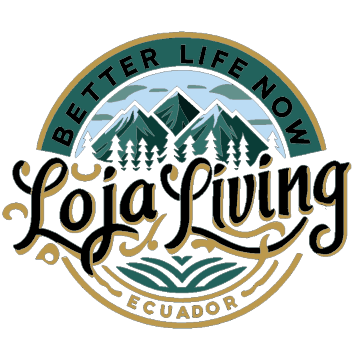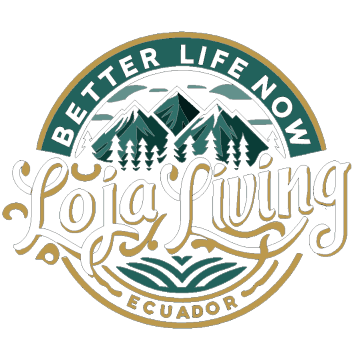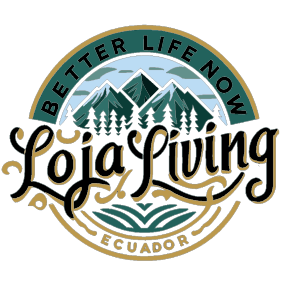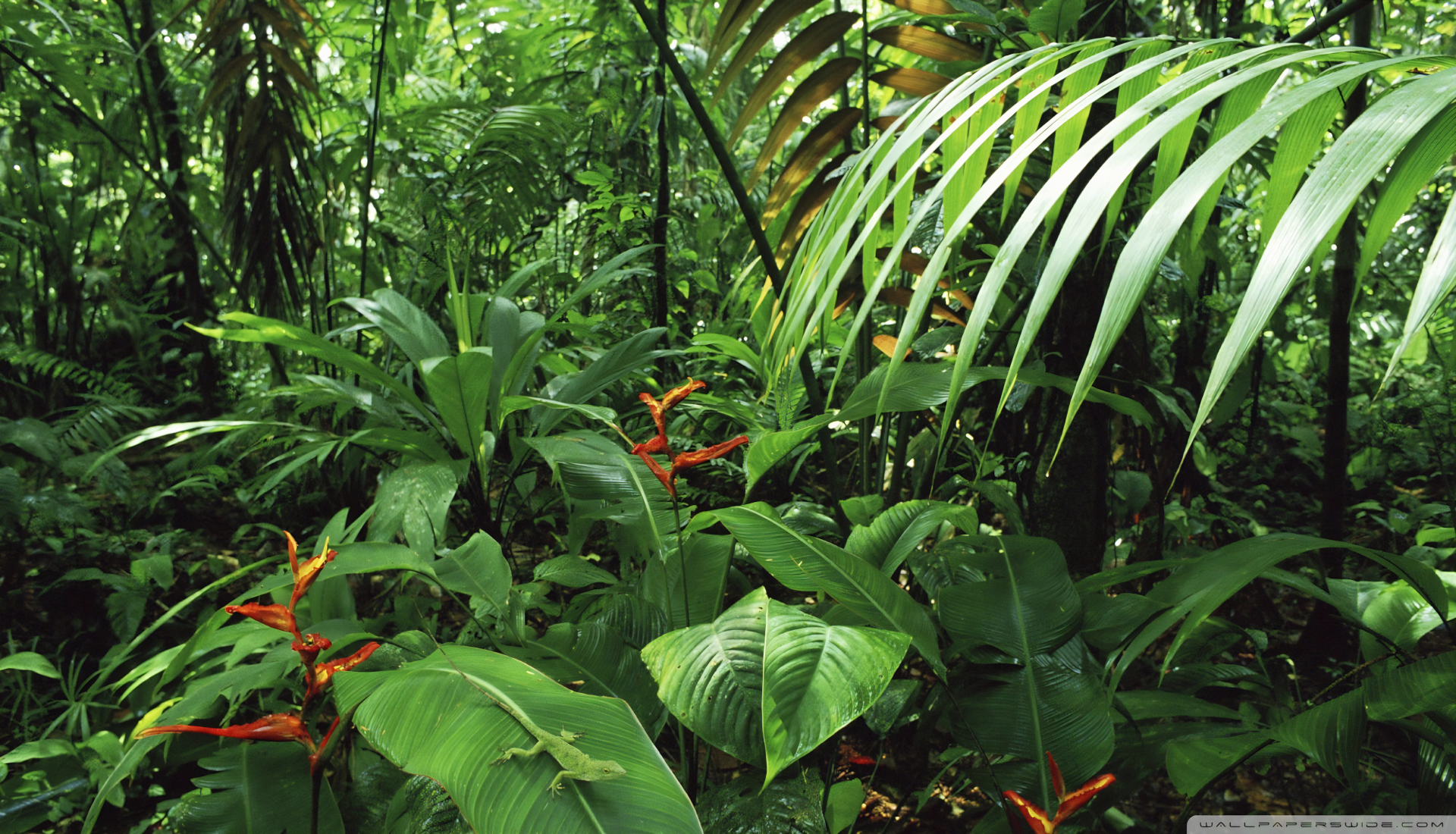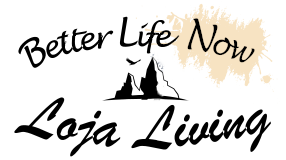Tracing Ecuador’s History from Incan Roots to Today’s Vibrant Culture
Ecuador’s history is a tapestry woven from the threads of ancient civilizations, colonial conquests, and the rise of a modern nation. Situated on the equator in South America, Ecuador boasts a rich cultural heritage and a dynamic history that continues to shape its present and future.
The story of Ecuador begins with the indigenous peoples who inhabited the region long before the arrival of the Incas. These early inhabitants, including the Valdivia, Machalilla, and Chorrera cultures, left behind a legacy of pottery, agriculture, and trade. However, it was the Inca Empire that would leave the most indelible mark on pre-Columbian Ecuador.
In the late 15th century, the Incas, under the leadership of Pachacuti and later his son Túpac Yupanqui, expanded their empire northward into present-day Ecuador. The Incas integrated the region into their vast empire, known as Tawantinsuyu, which stretched from modern-day Colombia to Chile. They established administrative centers, built extensive road networks, and introduced their agricultural techniques, which significantly impacted the local societies. The city of Quito became an important administrative hub in the northern part of the Inca Empire.
The arrival of the Spanish conquistadors in the early 16th century marked a dramatic turning point in Ecuador’s history. In 1532, Francisco Pizarro and his men, driven by the promise of gold and riches, arrived in the region. The Spanish conquest was swift and brutal, leading to the fall of the Inca Empire. The Spanish established colonial rule, and Ecuador became part of the Viceroyalty of Peru, later joining the Viceroyalty of New Granada.
During the colonial period, Ecuador’s economy was primarily based on agriculture and mining. The Spanish introduced new crops, such as wheat and sugarcane, and exploited the region’s rich mineral resources, including gold and silver. The encomienda system forced indigenous peoples into labor, leading to significant demographic and social changes. Catholicism became deeply ingrained in the culture, and many colonial churches and buildings from this era still stand as historical landmarks today.
The struggle for independence in South America reached Ecuador in the early 19th century. Inspired by the revolutionary movements sweeping across the continent, Ecuadorians began to seek freedom from Spanish rule. Key figures in this movement included Simón Bolívar and Antonio José de Sucre. On May 24, 1822, the decisive Battle of Pichincha was fought near Quito, resulting in a victory for the independence forces. Ecuador subsequently became part of Gran Colombia, a short-lived republic that also included Colombia, Venezuela, and Panama.
Ecuador separated from Gran Colombia in 1830 and became an independent republic. The early years of the republic were marked by political instability, with frequent changes in leadership and conflicts between conservative and liberal factions. Despite these challenges, Ecuador continued to develop its national identity and infrastructure.
The late 19th and early 20th centuries saw significant economic and social changes in Ecuador. The country experienced a cocoa boom, which brought prosperity but also deepened social inequalities. Political tensions persisted, leading to periods of authoritarian rule and military coups. However, the mid-20th century brought a wave of modernization and reform, with efforts to diversify the economy and improve education and healthcare.
Ecuador’s recent history has been characterized by both challenges and progress. The country has faced economic fluctuations, political upheaval, and environmental concerns, particularly related to its rich biodiversity and the impact of oil extraction in the Amazon. Despite these issues, Ecuador has made strides in social development, infrastructure, and democratic governance.
One of the most significant events in Ecuador’s recent history was the adoption of a new constitution in 2008 under President Rafael Correa. This constitution, known for its progressive stance on social and environmental rights, has played a crucial role in shaping modern Ecuadorian society.
Today, Ecuador is a vibrant and diverse nation, known for its rich cultural heritage, stunning landscapes, and welcoming people. From the ancient ruins of Ingapirca to the colonial architecture of Quito and Cuenca, Ecuador’s history is evident in every corner of the country. The blend of indigenous traditions, colonial influences, and modern innovations makes Ecuador a unique and fascinating place to explore.
Ecuador’s history is a testament to the resilience and adaptability of its people. From the ancient civilizations and the Inca Empire to Spanish colonization and the fight for independence, each era has contributed to the rich cultural tapestry that defines Ecuador today. As the country continues to navigate the complexities of the 21st century, its history remains a source of pride and inspiration for all Ecuadorians.
